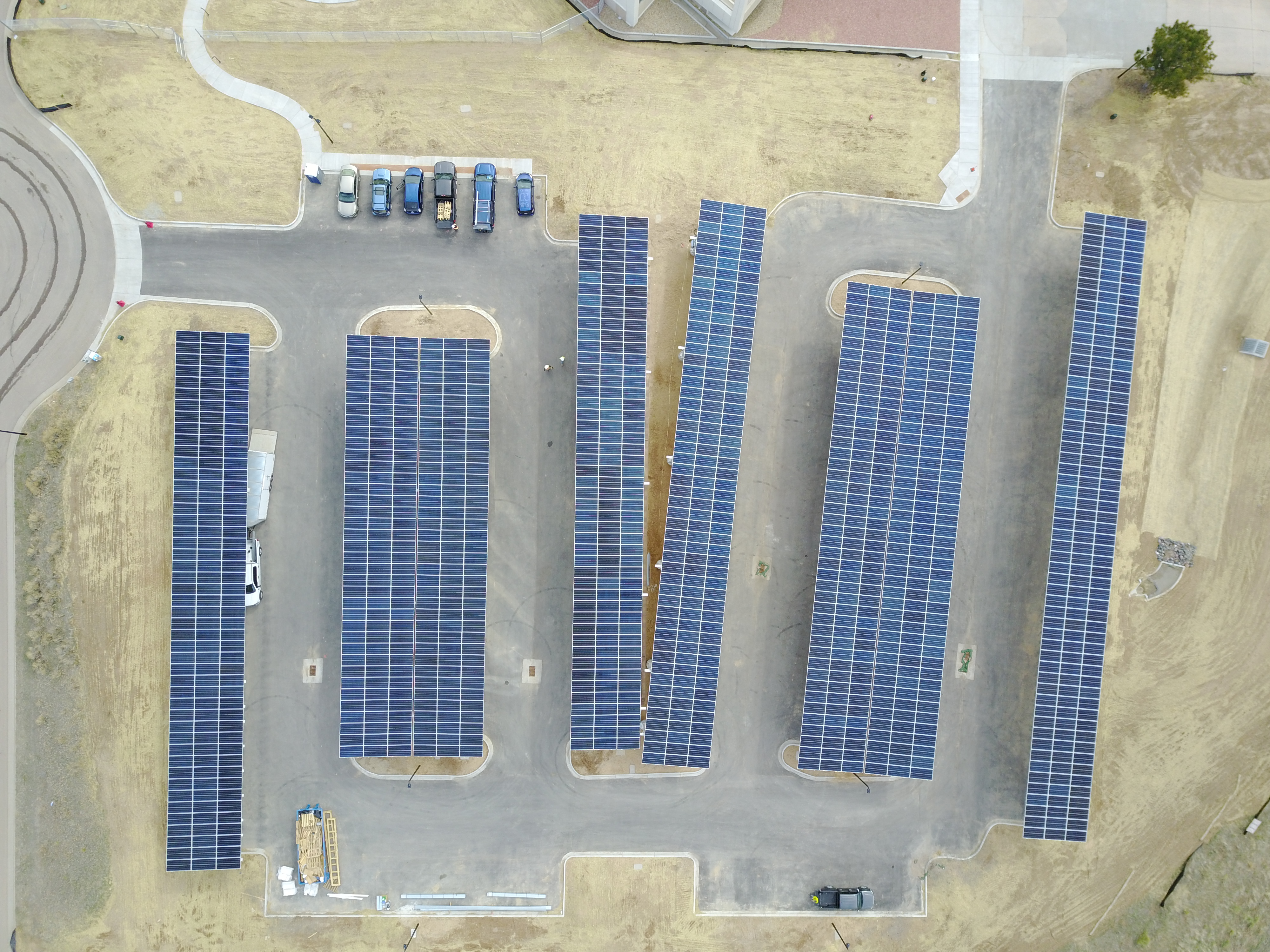Green Your Building with Solar Energy
June 1, 2021

The term ‘green buildings’ has gained a lot of traction in the commercial real estate industry over the past decade.
A property is considered a green building if it incorporates construction, design, and operational practices that reduce any negative impacts on humans and the environment. Buildings are “greener” if they reduce water usage, install energy-efficient appliances, select sustainable materials, improve waste management services, and enhance indoor air quality.
Green buildings are slowly becoming the industry norm across the United States. A growing number of businesses have committed to corporate sustainability targets due to increasing demands from shareholders, customers, and employees. As a result, adopting green building standards is no longer a nice-to-have but a market necessity to stay competitive in today’s market. Therefore, the role of facility managers is also quickly changing from being one about general maintenance to playing a strategic part in meeting the business’ sustainability goals.
Solar energy is one of the many ways buildings can become greener. This blog will explore how facility managers can use solar to acquire green building certifications, lower operating costs, and meet their company’s sustainability goals.
Importance of green building certifications
There are a growing number of certification programs that determine whether a building is, in fact, green. These certifications confirm that the property meets a particular standard and provides environmental and social benefits. The two most popular certifications are LEED (Leadership in Energy and Environment Design), issued by the U.S. Green Buildings Council, and Energy Star, awarded by the Department of Energy and the Environmental Protection Agency.
Companies use these certification programs to show their dedication to sustainability and the local environment. According to the 2019 Green Building Adoption report, 13.8 percent of all commercial buildings across the 30 largest U.S cities were green-certified—a steep increase from roughly 0.8 percent in 2005. This indicates that businesses are responding to the growing market demand for green-certified commercial facilities.
Pathway to green building certification: Solar
Major green building certification programs recognize the role renewables can play in lowering emissions and expect certified buildings to have a robust clean energy strategy. As such, solar energy should be an obvious first choice for any facility manager deciding on how to meet this certification requirement.
The majority of buildings in the U.S are still powered using fossil fuels, such as oil, gas, and coal. When these fuels are burned to produce electricity, they emit harmful emissions that cause air pollution and contribute to climate change. In fact, roughly 13 percent of U.S. greenhouse gas emissions are attributable to heating and cooling buildings across the country, according to the United States Environmental Protection Agency (EPA).
As a facility manager, you can retrofit your existing facility with solar or incorporate solar technology in a new build. This will reduce your property’s reliance on the fossil-fuel-powered electricity grid, which will, in turn, significantly reduce the carbon emissions contributed by your facility.
For every kilowatt (kW) of solar energy installed, your facility can lower its carbon footprint by over 3,000 pounds annually. This means that for a relatively modest 150 kW system, you can prevent more than 450,000 pounds of carbon dioxide from going into the atmosphere every year!
Solar is a cost-efficient method to achieve your green building goals
Depending on where your property is located, you may have access to multiple renewable energy options (community solar, geothermal, wind energy etc.) to meet your green building goals. However, facility managers are drawn towards solar because of the short- and long-term cost benefits.
Solar can lower your facility’s long-term operational costs, thanks to a policy known as net metering. Net metering allows commercial customers to send excess energy produced by their solar energy system back to the electricity grid in exchange for credits that lower the facility’s monthly utility bill.
Adding solar to your property can also allow the company to take advantage of many federal and state policy incentives. Under the Federal Solar Investment Tax Credit (ITC), businesses can claim a one-time tax credit of up to 26 percent on the total cost of installing a solar energy system. This generous incentive can lower the initial cost of installing solar while also benefiting the business with lower federal taxes.
State-level solar incentives vary depending on where the property is located. Many states provide their own rebates, special loans, and property tax exemptions for facilities that decide to install solar. This can reduce your costs by an additional 5 to 15 percent.
Learn more about greening your building with solar
Solar is an effective strategy for facility managers to integrate green building practices into their property. Solar energy can significantly reduce emissions while helping you meet your company’s sustainability goals, including green building certifications. There are also many policy incentives that lower the installation and ongoing operational costs of the solar arrays.
The Pivot Energy team is ready to support facility managers and other professionals in pursuit of a clean energy and green building strategy. Do not hesitate to reach out to speak with a member of our team. Sign up for a free consultation today!





